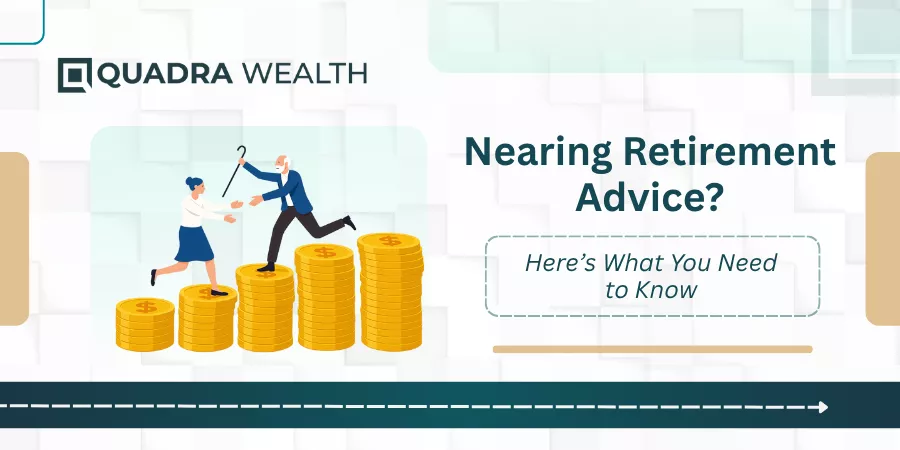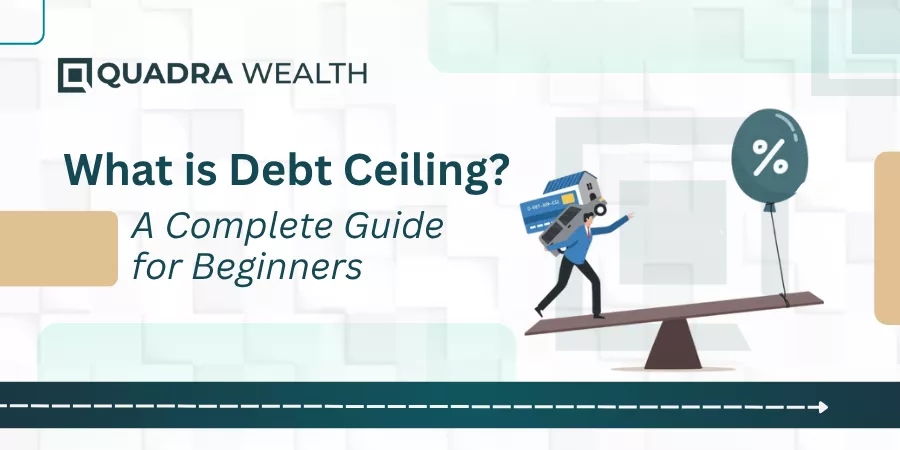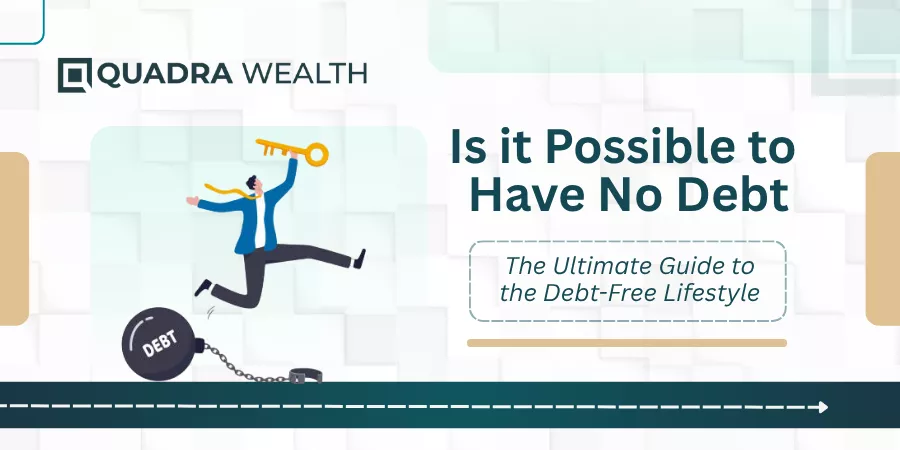Introduction
Investing in the right plan calls for so much of the hard work investors take up from their end. Plus, you have so many options to choose from. Some savvy investors want their money parked with fixed-income securities or bonds. Others would like to go with equity.
But what if there’s an option that mixes debt with equity, stocks, or derivatives? Yes, we are talking about Structured Note Coupons- A plan that is suitable for all investors despite the volatility of market conditions. One of the distinctive features of structured notes is they offer contingent income through coupons.
Structured note coupons refer to contingent income sources the notes make. Specific types of notes offer coupon payments along with a return of capital. However, certain terms and conditions have to be met.
Let us have a complete reasoning analysis of how coupons work!
How do structured note coupons work?
If you look at it, there are two types of coupons. These are:
- Fixed-income coupons and
- Contingent coupons
Let us have a brief overview of each of the above:
1. Fixed-income Coupons
As the name suggests, these are fixed coupons. The payouts are made to investors on a quarterly, half-yearly, or annual basis. Say, for instance, that fixed coupon payoff applies more to structured deposits or Certificates of Deposits or CDs.
Here, you have the rate of returns, the term by which coupon payments would be carried off, and the principal amount stated. You find all of the info on the initial set of documents. Hence, fixed coupon notes arise on fixed-income securities, bonds, or deposits on the whole.
2. Contingent coupons
Contingent coupon payments apply to variable investment products like in the case of ETFs, mutual funds, or equity options.
You have structured notes that have an optimal mix of debt and equity. Here, you do not have fixed payments as in the case of mortgages, bonds, or CDs.
Investors receive payments during an auto-call trigger as in the case of autocallable structured notes. Or, they may receive interest earnings or dividend payments if the underlying assets perform well in the market.
As the notes are linked to these assets, investment holders of structured notes benefit from potential gains of assets across primary or secondary markets.
However, these are not paid out as periodic coupon payments. Coupon payments are paid out based on the performance of the underlying assets the notes are linked to.
For instance, in the case of a fixed-income security, the interest rate remains fixed while in the case of a regular bond or ETF, the cap is secured while this is not the case with structured notes.
The notes may garner higher potential of upside gains through the performance of underlying assets of the notes or investors may hedge the notes in place of higher coupons or interest payouts.
Unique characteristics of contingent income notes
Contingent income notes are specifically tailor-made or customized for investors who own Vanilla Income notes. On a vanilla note, the underlier or the initial strike price must be above the coupon barrier level as seen during specific observation days.
By observation dates, we mean specific dates by which periodic assessments are made by the product issuing firms on specific types of structured notes.
Therefore, only when specific conditions are met on the notes, the contingent coupons would be released to investors.
In a nutshell, it can fairly be concluded that contingent income coupons are earned by investors who do well in slightly bearish or bullish market conditions concerning the underlying index of linked-in assets.
Contingent income note specifics
Contingent income notes encourage investors to earn potential upside gains over normal bonds or fixed deposits. However, the thing to remember here is, that these income notes allow you to earn coupons that match the investment portfolio’s ‘Annualized Yield’.
By annualized yield, we mean the total value earnings that are subdivided into coupon cards. And, this yield is paid out to investors in the form of coupons on scheduled coupon payment dates. The coupon payments are paid out to investors monthly or quarterly.
When the product issuers of notes decide coupon payout dates, the underlying assets of notes are matched against their initial value purchase prices or what we call strike prices.
You also have coupon prices as lower prices. The final sale points of assets must at least match strike prices/ barrier prices or coupon-based values. Only then, the coupon payments would be released to investors.
On the contrary, when the prices of underlying assets of notes do not reach coupon prices or strike prices, then the specific observation date or auto-call date gets forfeited and we move on to the next observation period.
However, the coupon’s barrier levels are often set well below the underlier’s price at the time of issuance of these notes. Therefore, contingent income coupons allow investors to receive moderate income on their investments even if the underlying assets are experiencing mild to moderate losses. In other words, these notes generate coupons that are effective in mildly positive environments in the same way as they increase returns in negative markets.
And, here it is to be noted that if the underlier’s return falls below the Coupon’s barrier level, the coupon payoff will not happen for the investors.
Here is a chart that clearly defines whether investors receive their coupons or not:
Image Courtesy: https://www.googleimages.com
Key takeaways on structured note coupons
Contingent income coupons predominantly generate coupon payments for structured product investors. Here, the notes work under broader market conditions. The coupons are paid out if the underlying assets of the notes perform across mildly positive or mildly negative market scenarios.
The investors must clearly understand how contingent income notes work in real-time markets. Only then, can you potentially increase your returns in negative market conditions.
These income notes garner potentially upside returns even in negative market conditions over holding the underlying assets in equities or other traditional markets.






